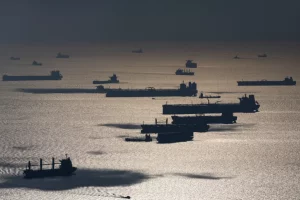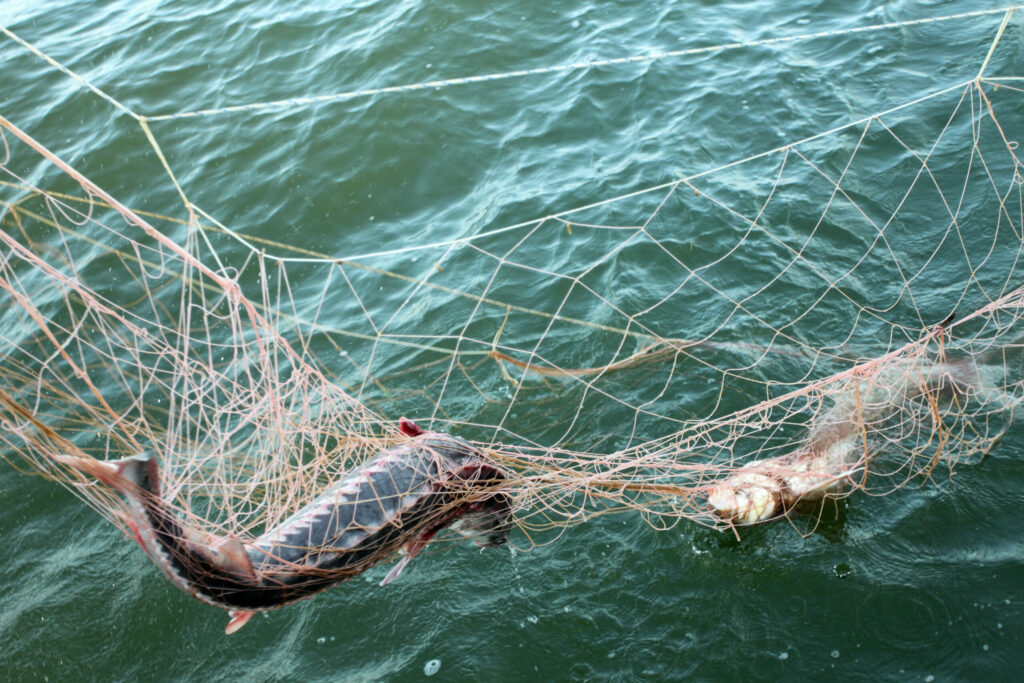The volume of “shadow” exports of the Russian Federation increased by 225%

The Russians increased the volume of oil transportation by the “shadow” fleet by 225%.
The Russians continue to circumvent Western sanctions. More and more Rosneft tankers are turning off their transponders, increasing the risk of accidents at sea, Platt reports.
According to the S&P Global Market Intelligence analysis, the volume of “shadow” oil exports from the Russian Federation increased by 225%. In the first quarter of 2023, at least 215 tankers with a total deadweight of 9.31 million tons were involved in 524 “shadow” ship-to-ship operations.
For comparison, during the same period last year, analysts recorded 161 ship-to-ship transshipments with transponders turned off. Only 72 tankers with a deadweight of 2.40 million tons were involved in the “shadow” operations.
In January-March, 312 “shadow” ship-to-ship operations were recorded in the waters of the occupied Crimea and on sea routes near Kaliningrad.
Buying Rosneft remains a very profitable business, despite the sanctions. Tanker owners can earn millions of dollars in just one voyage. Data from S&P Global Commodities at Sea show that 102.4 million barrels of oil products were transshipped through “shadow” ship-to-ship transactions during the first quarter.
Once a tanker turns off AIS, sailors on other vessels may not notice it without visual contact. This significantly increases the risks of collision and pollution of the oceans with oil products, experts warn.
The risks are also increased by the fact that “shadow” vessels, as a rule, have outdated equipment and weak hulls due to corrosion. For example, in early May, the “shadow” tanker Pablo of 1997 caught fire near Malaysia. Then three crew members went missing.




